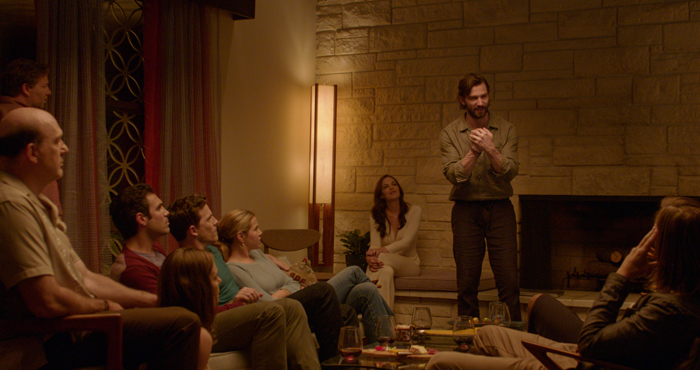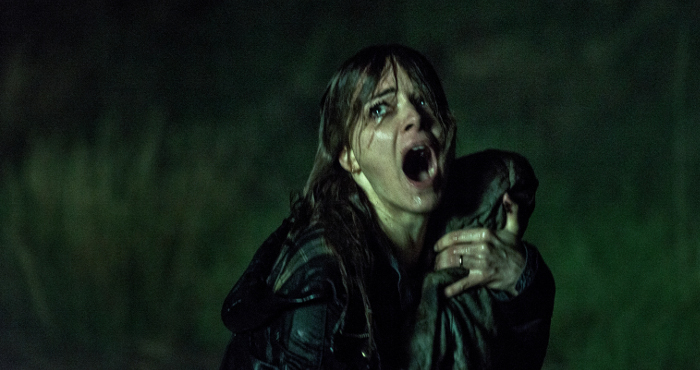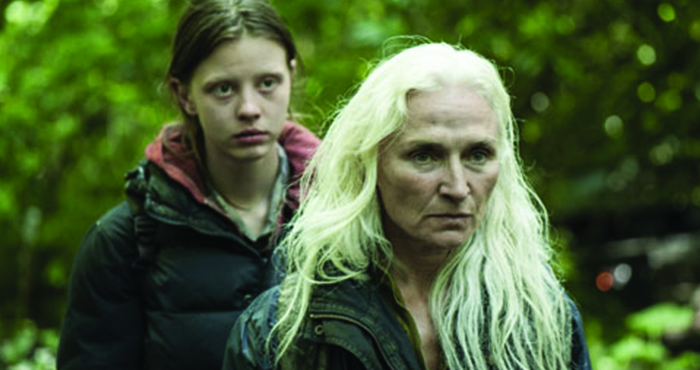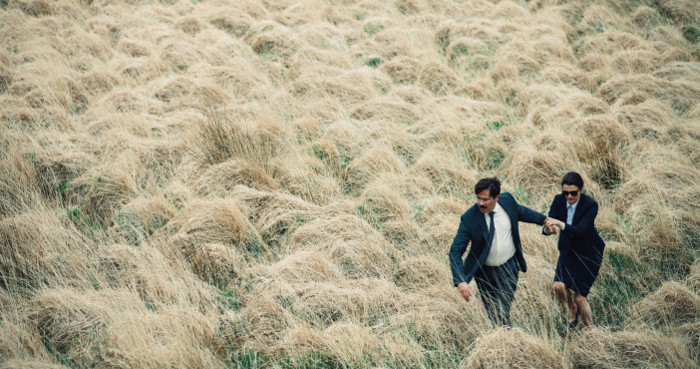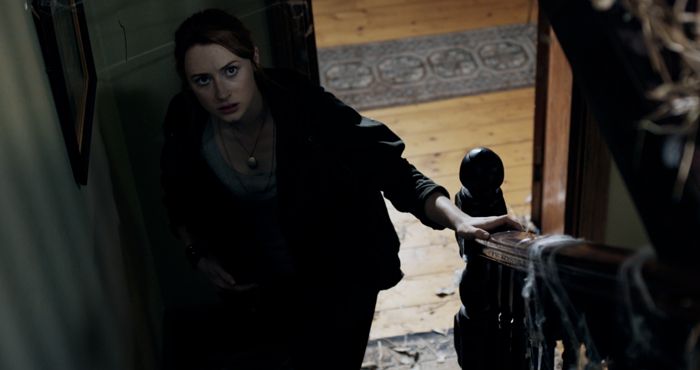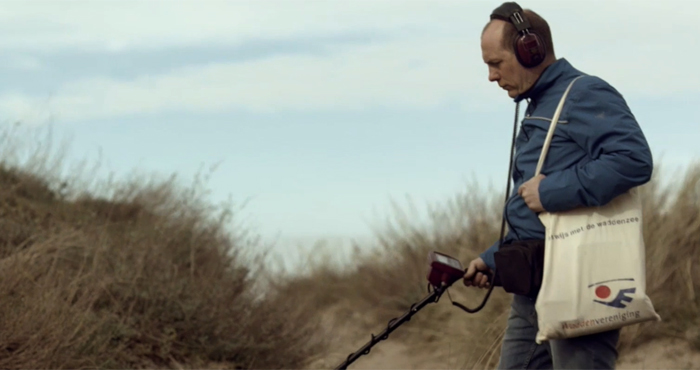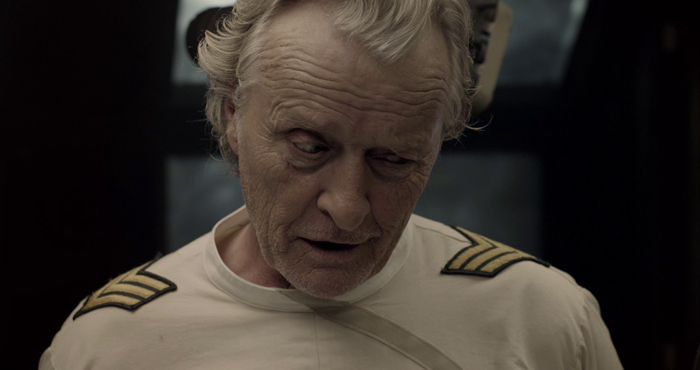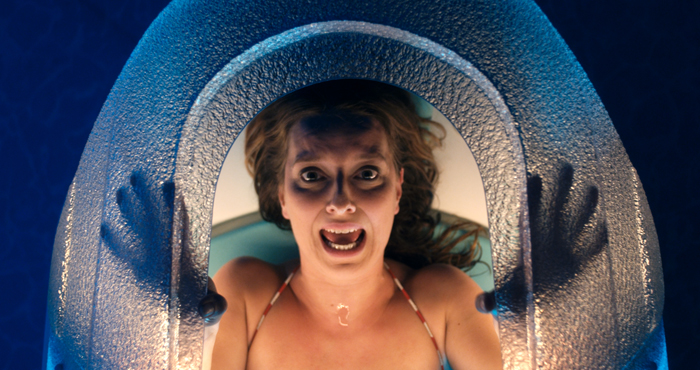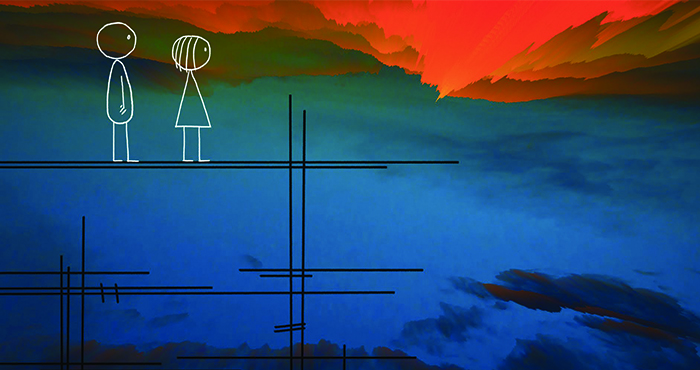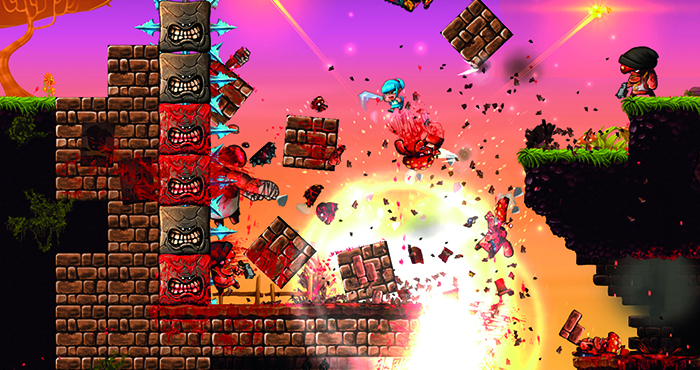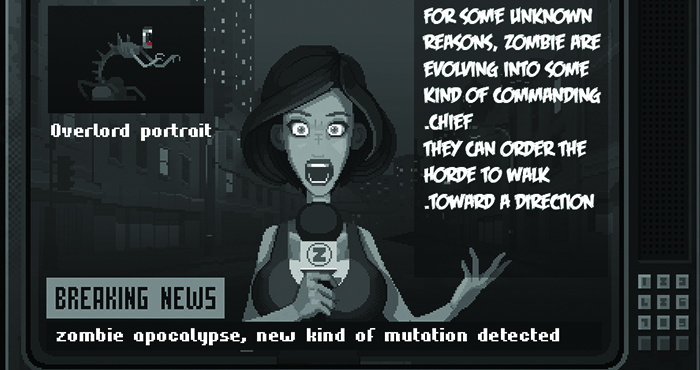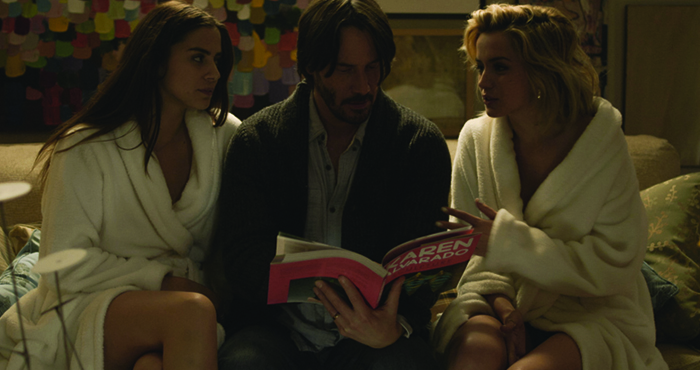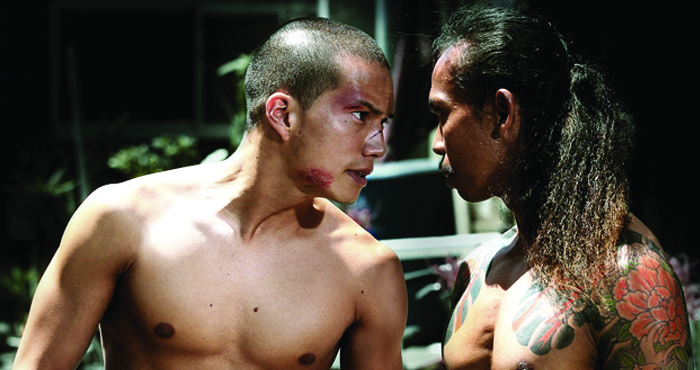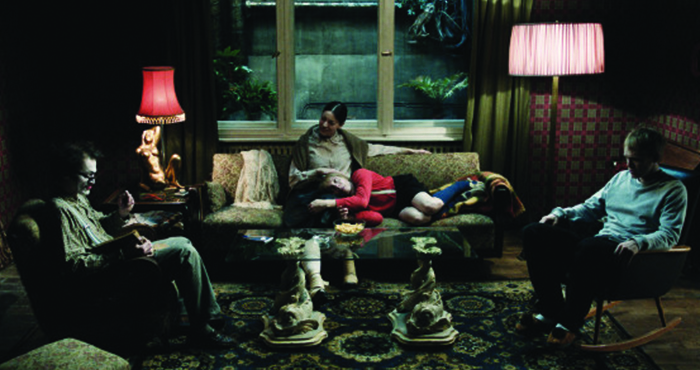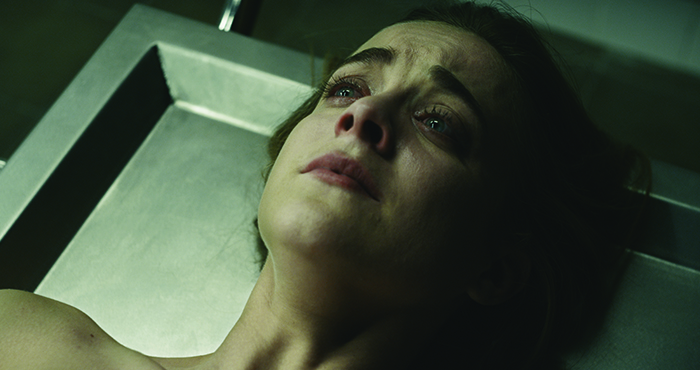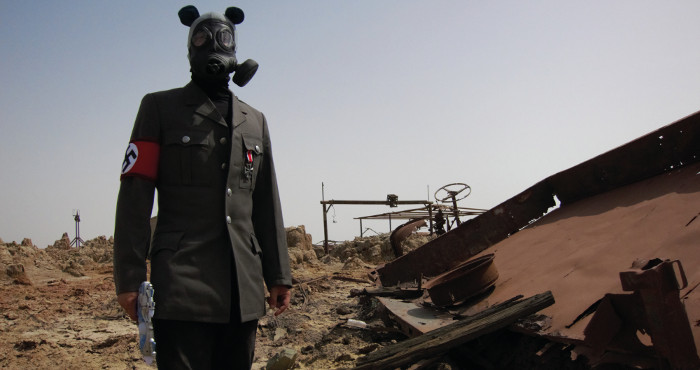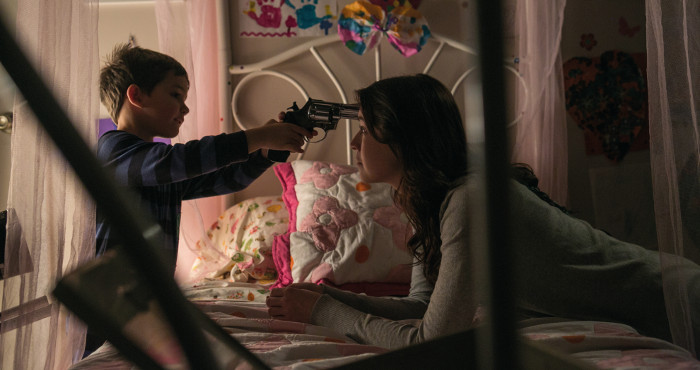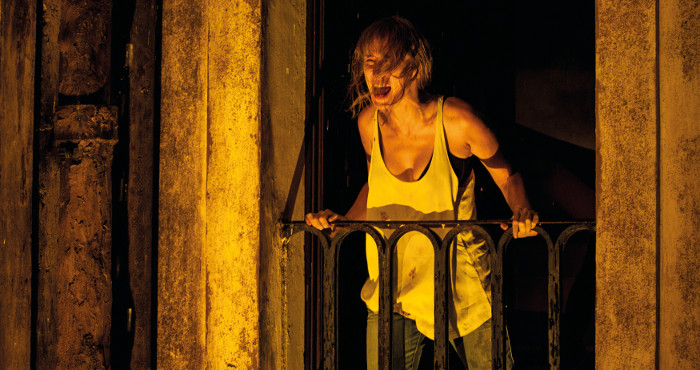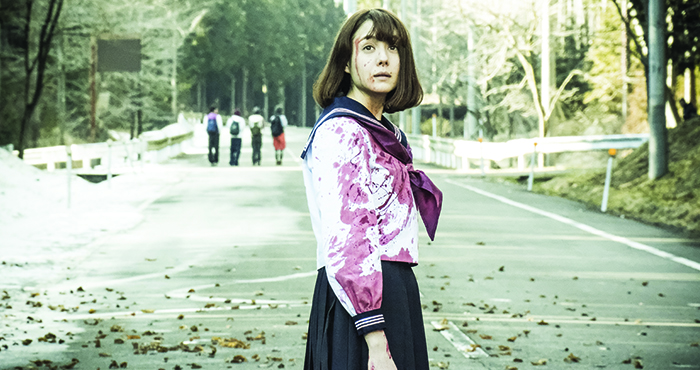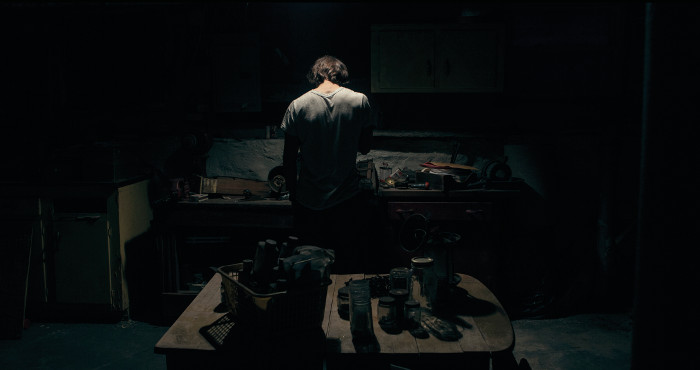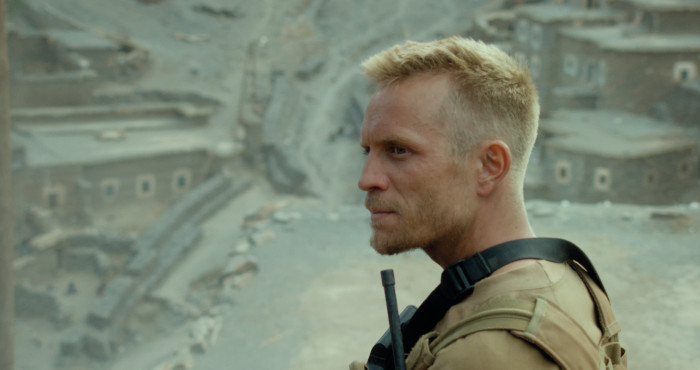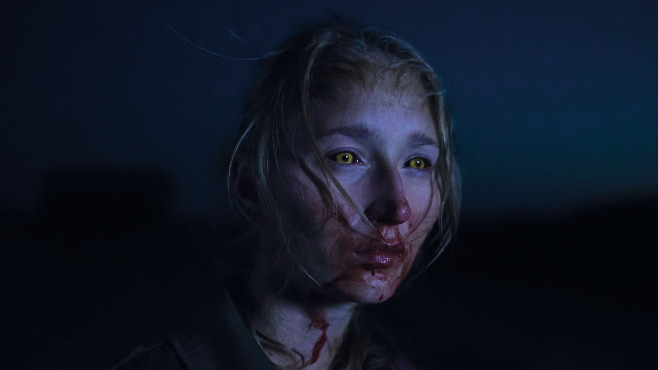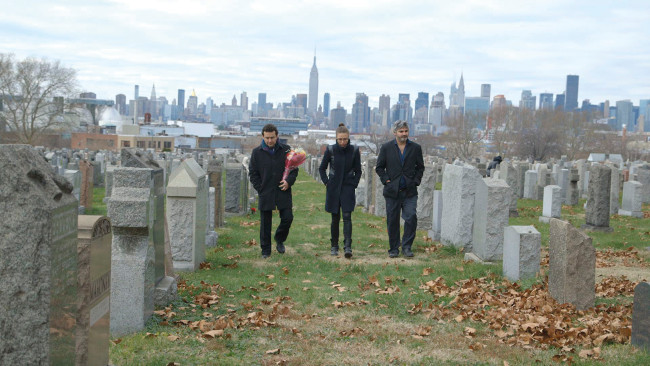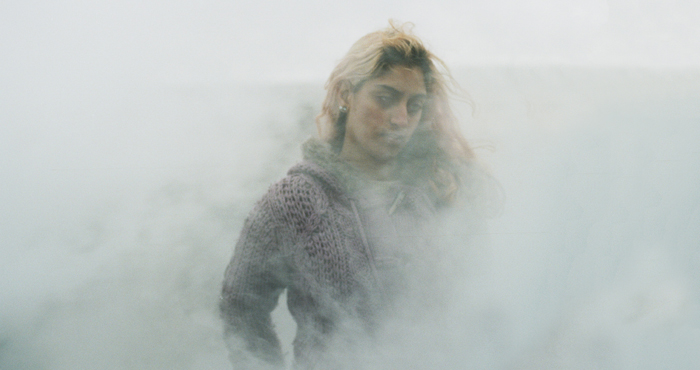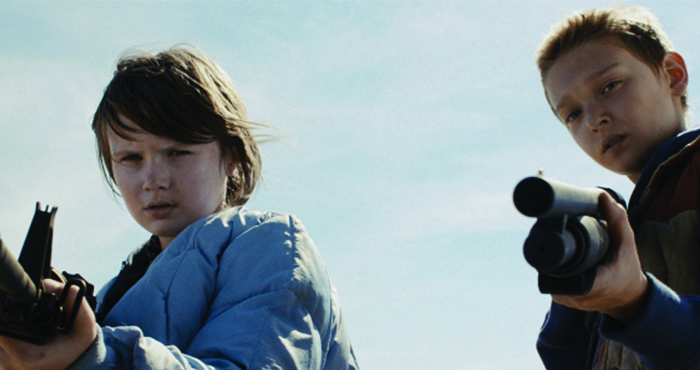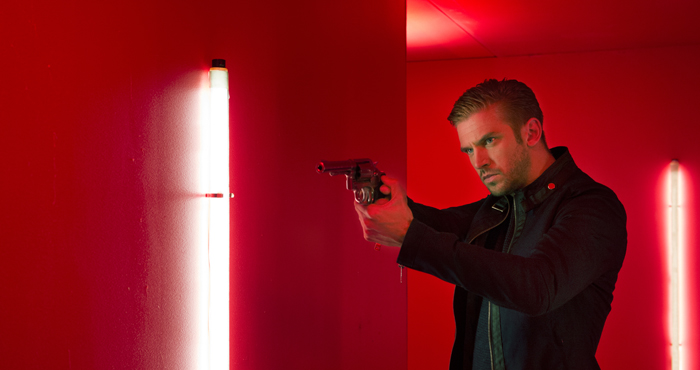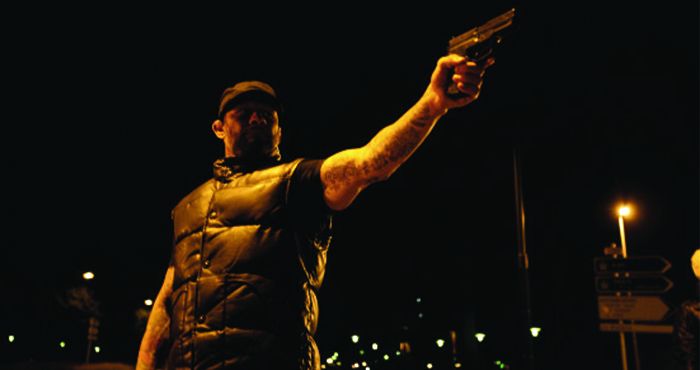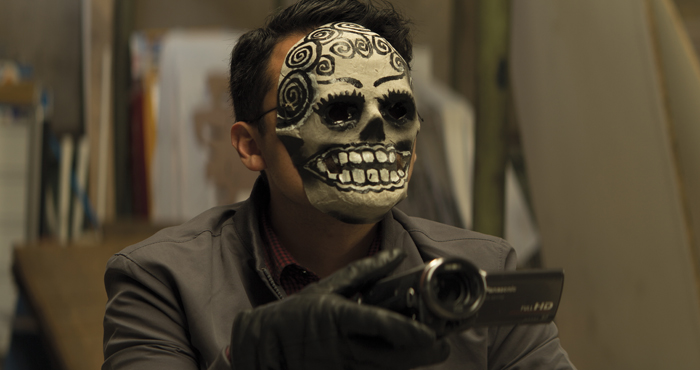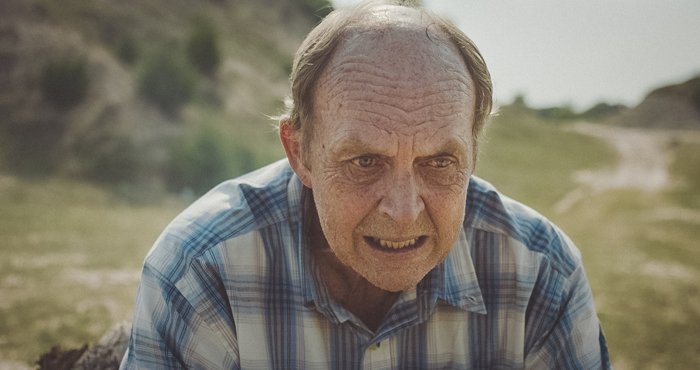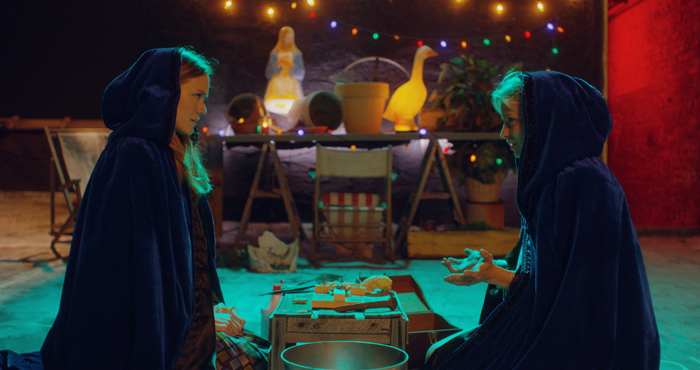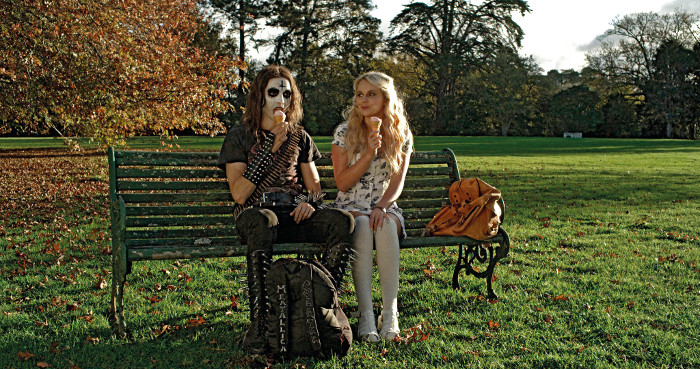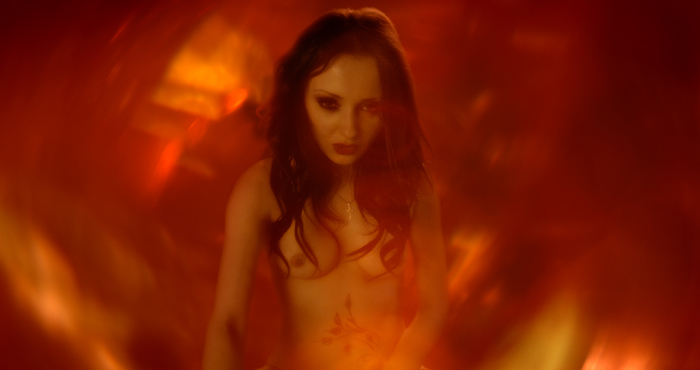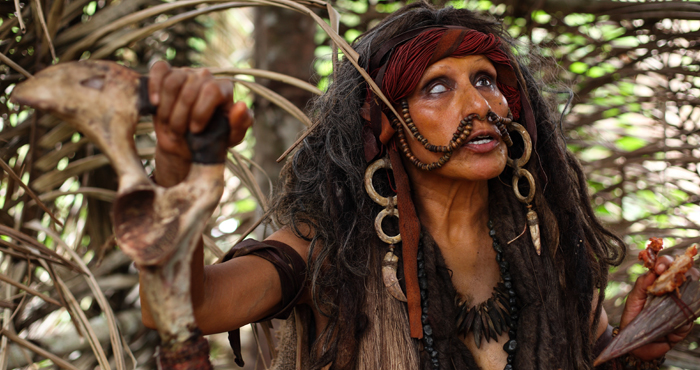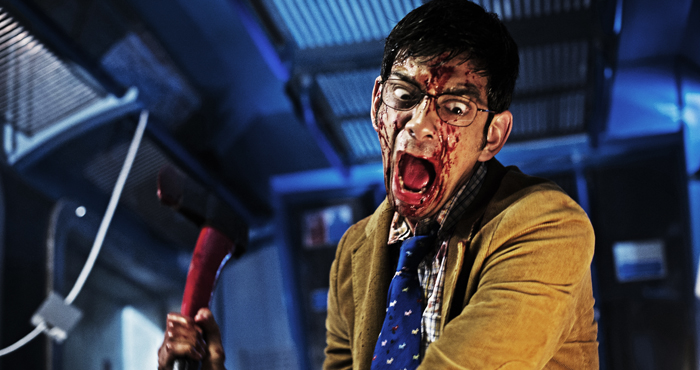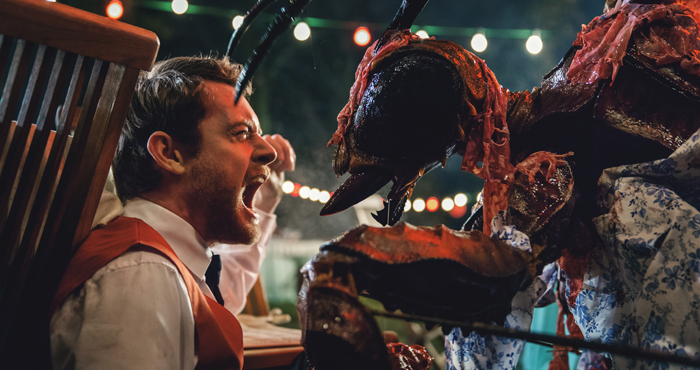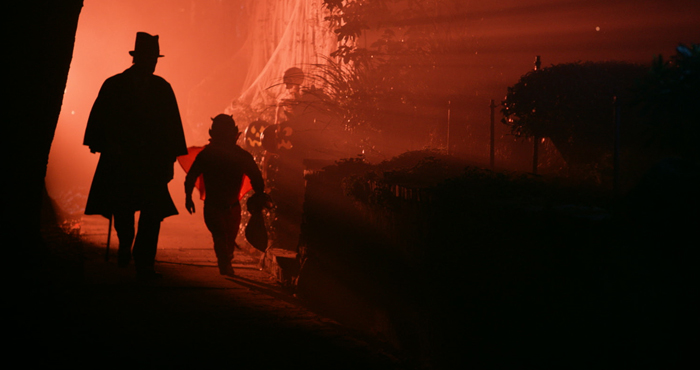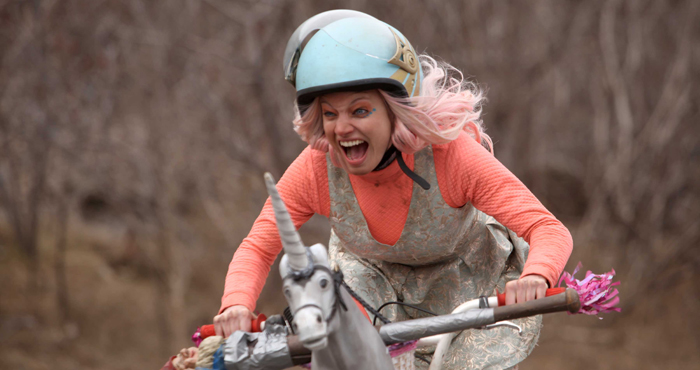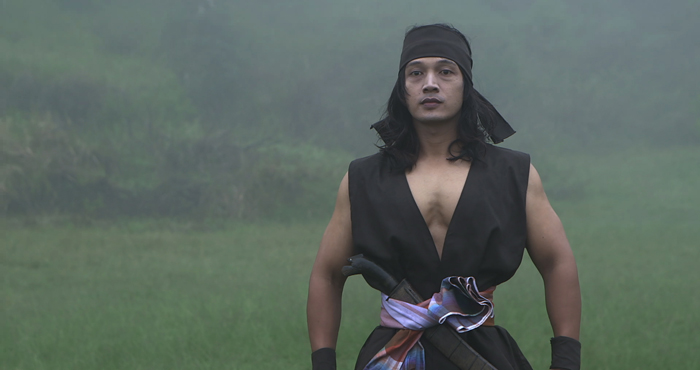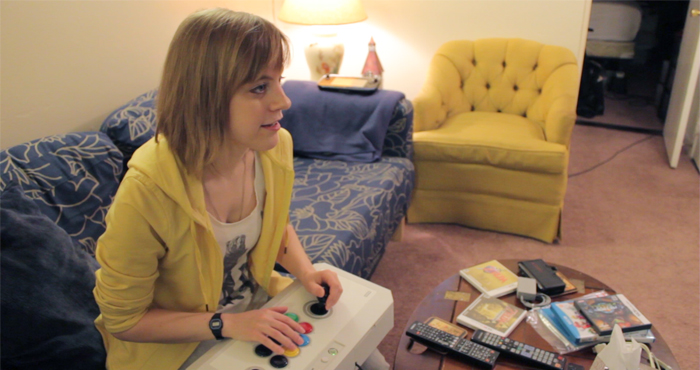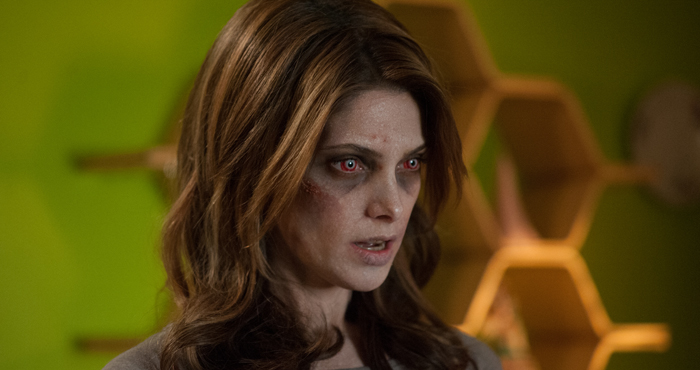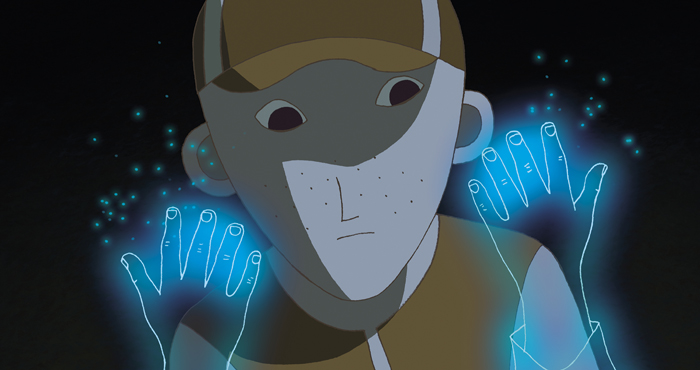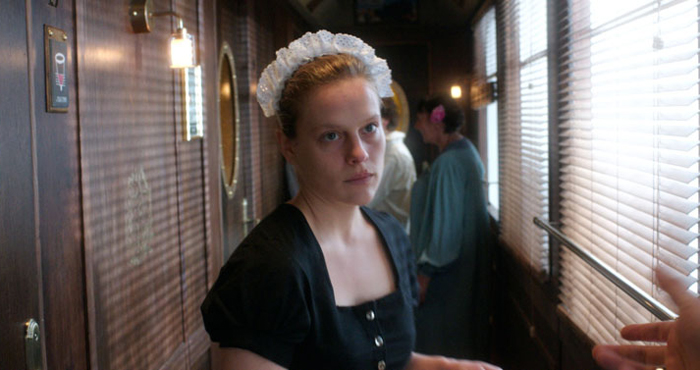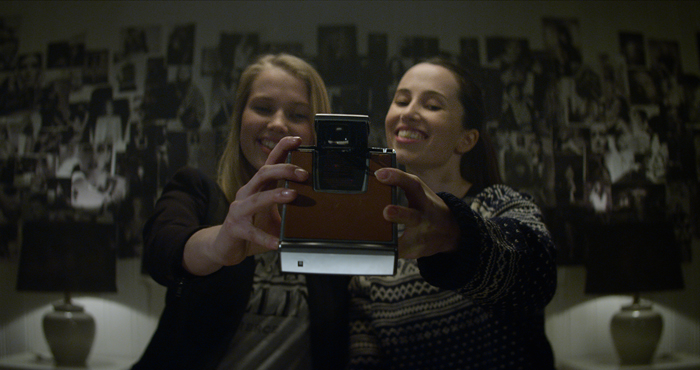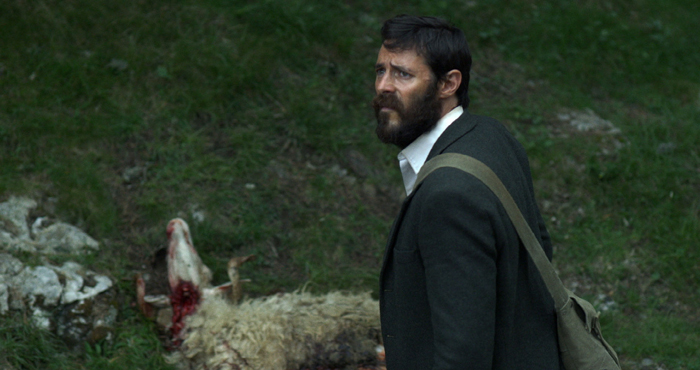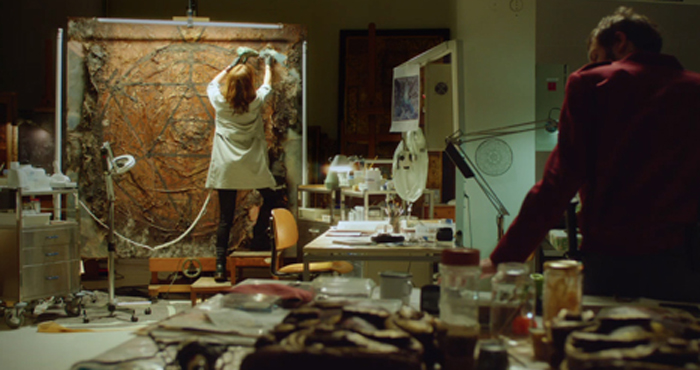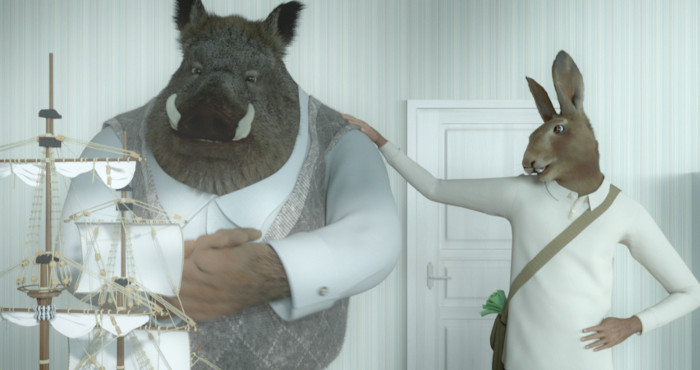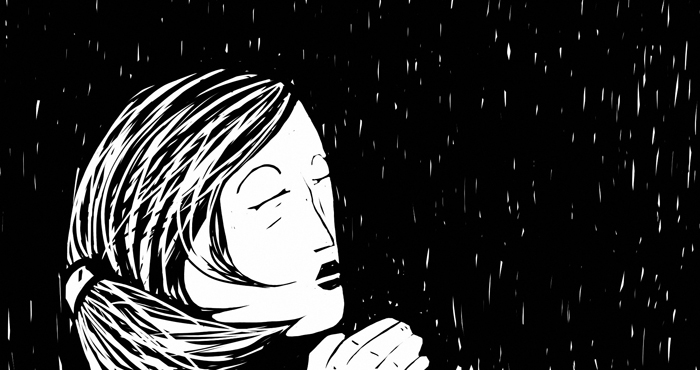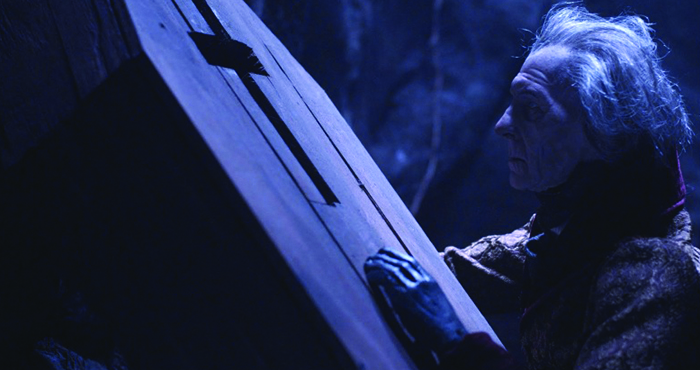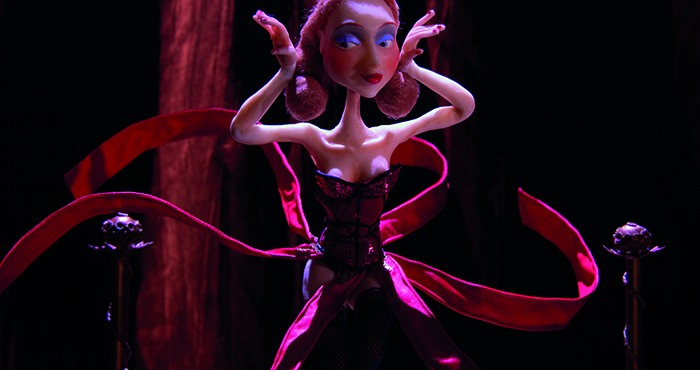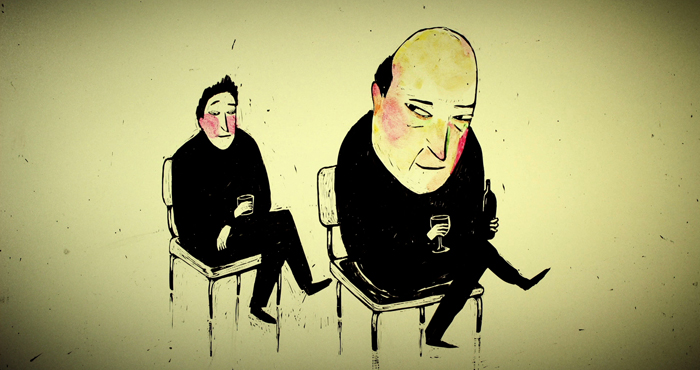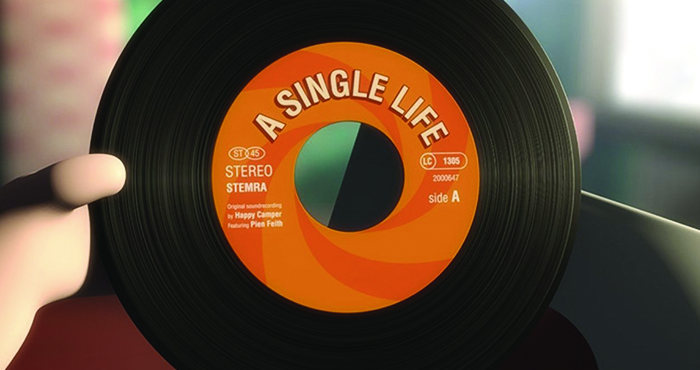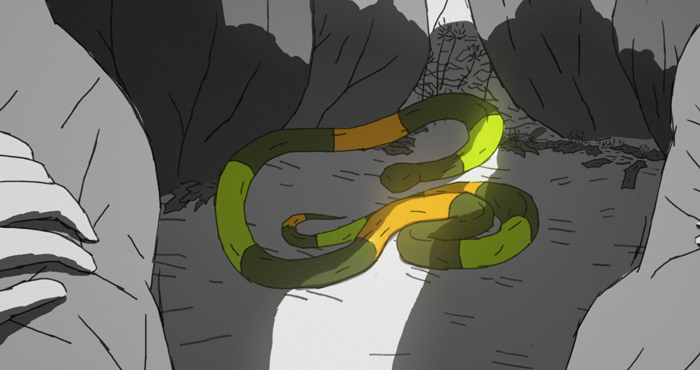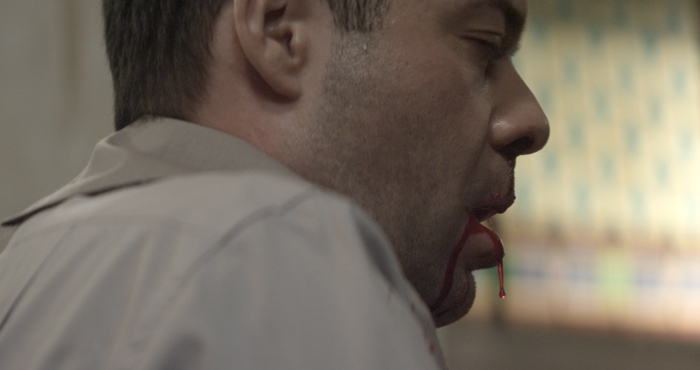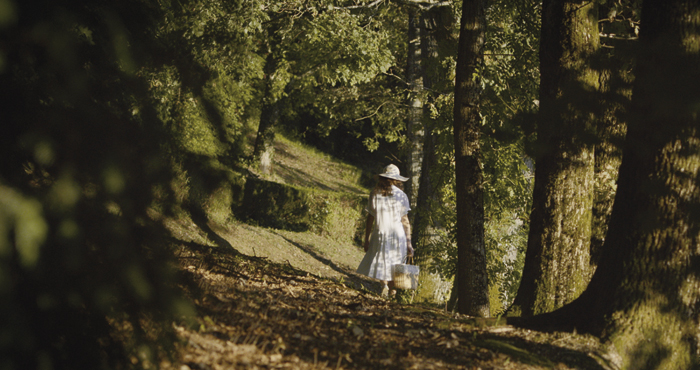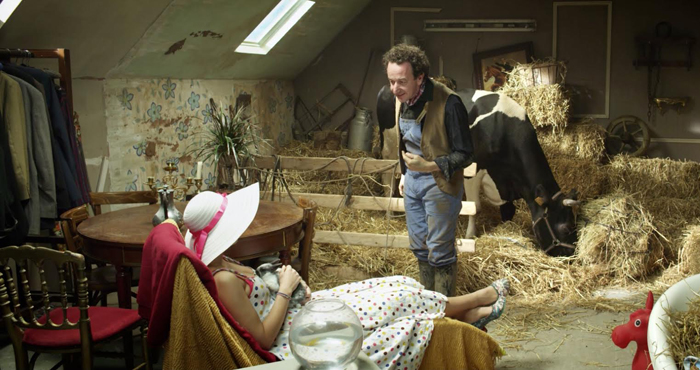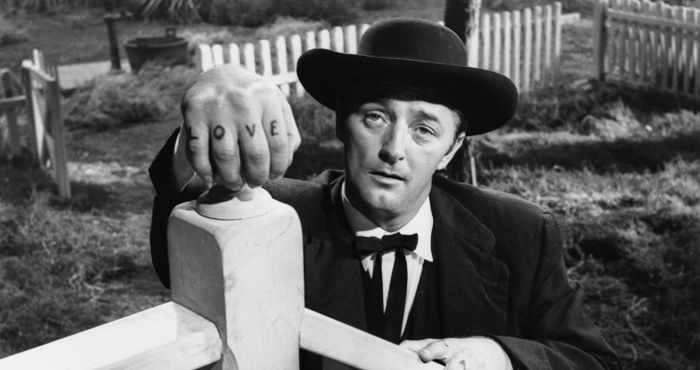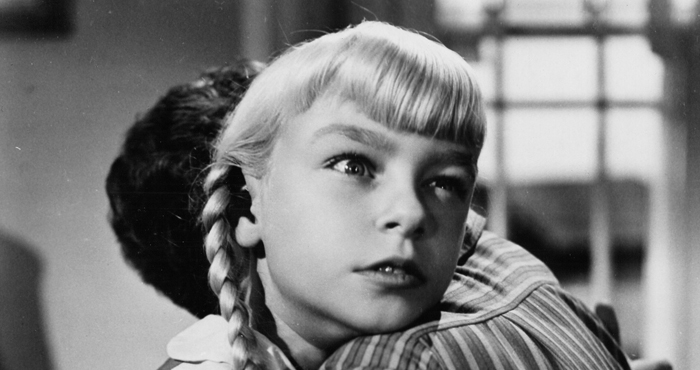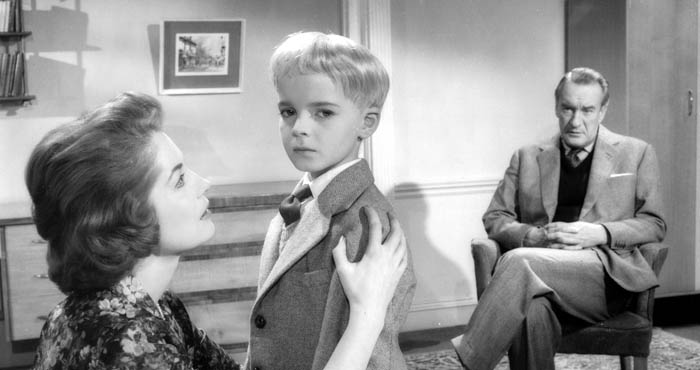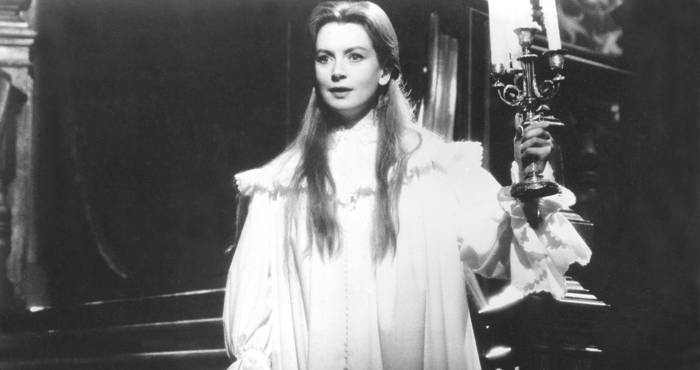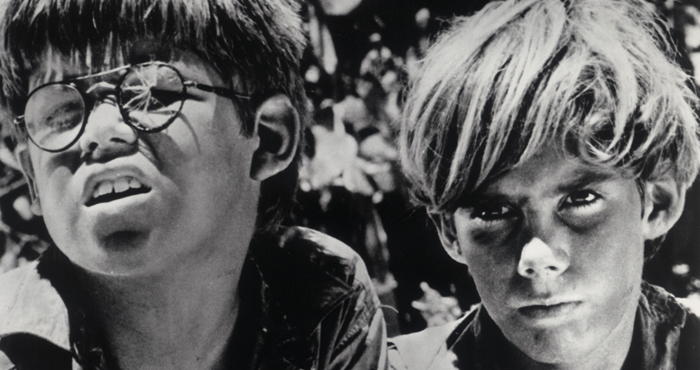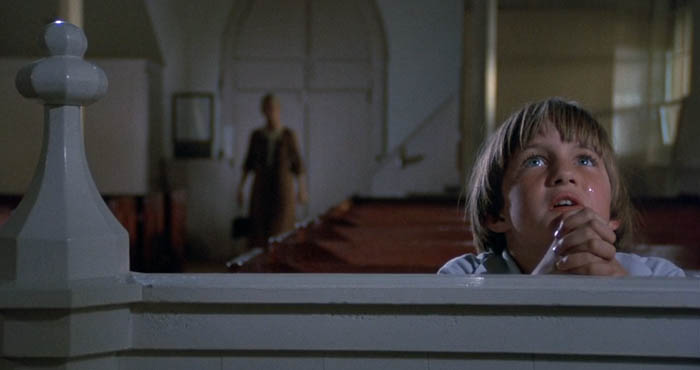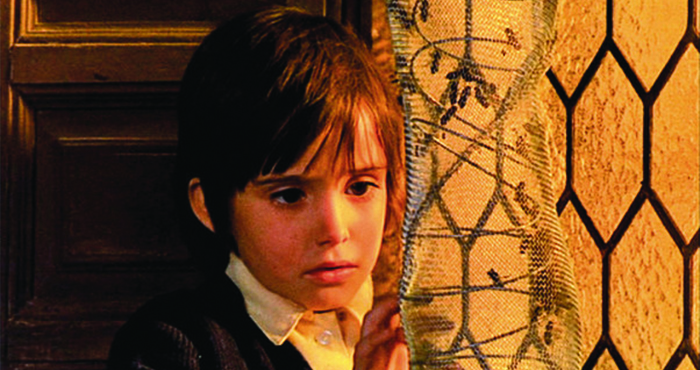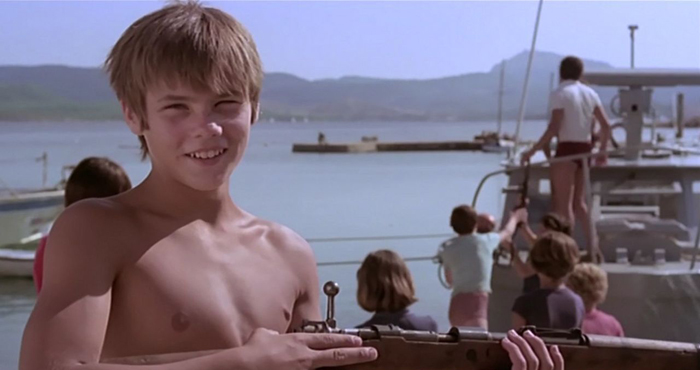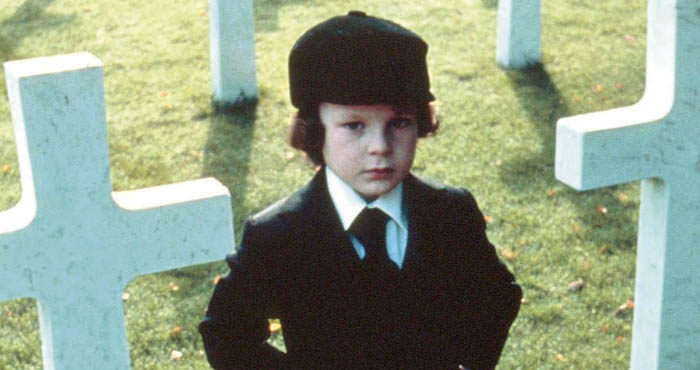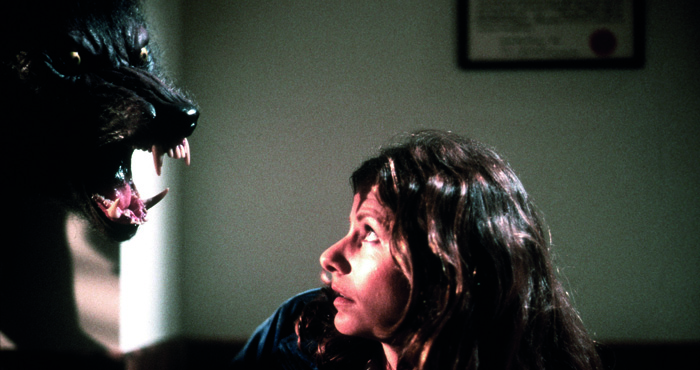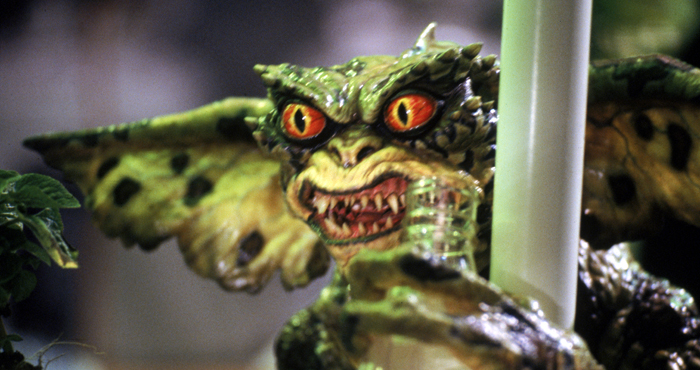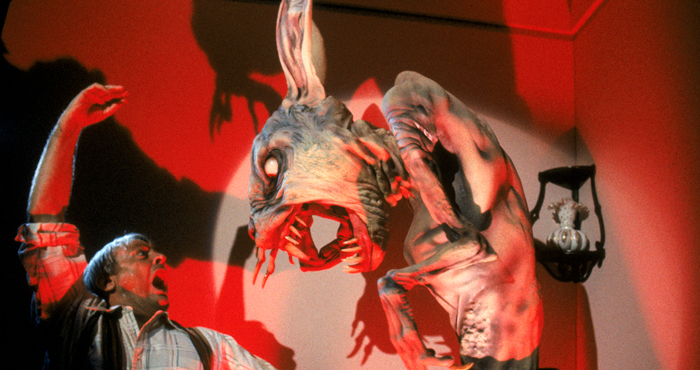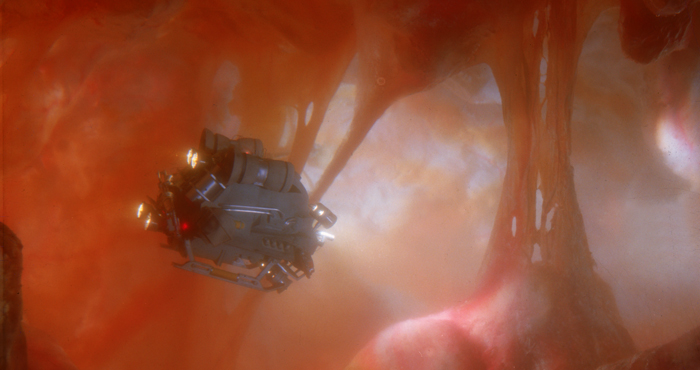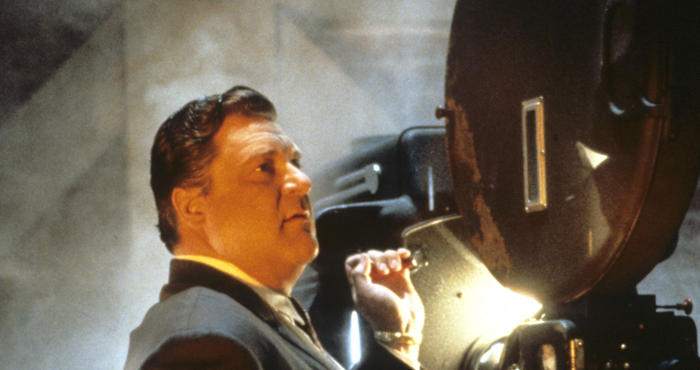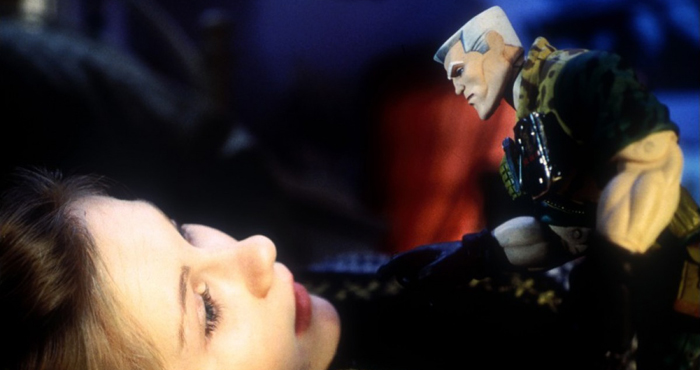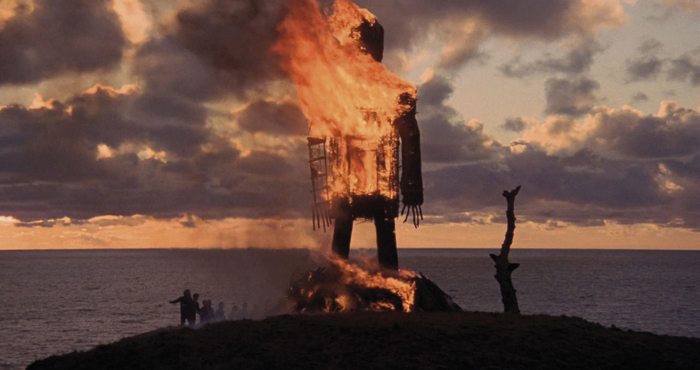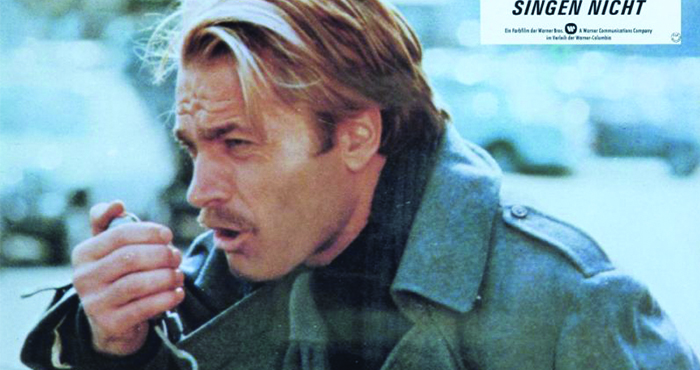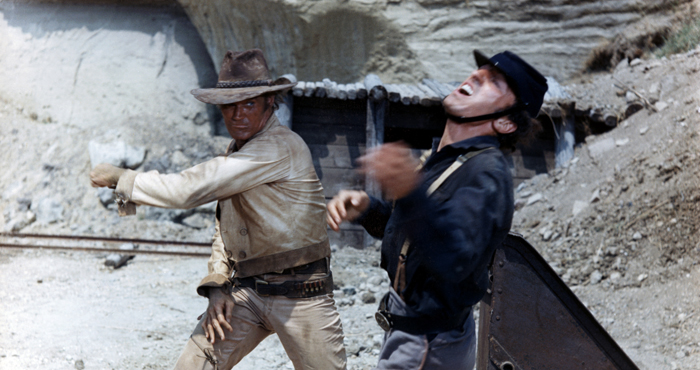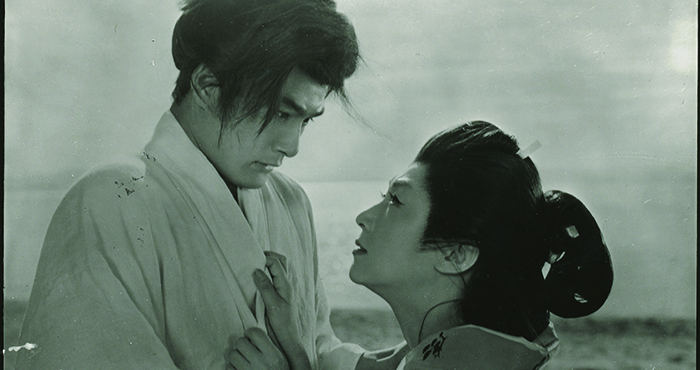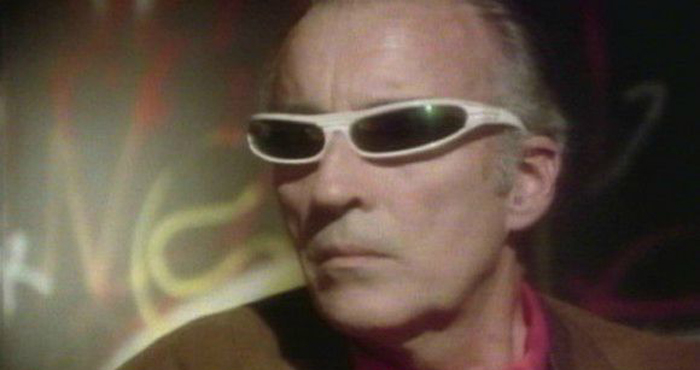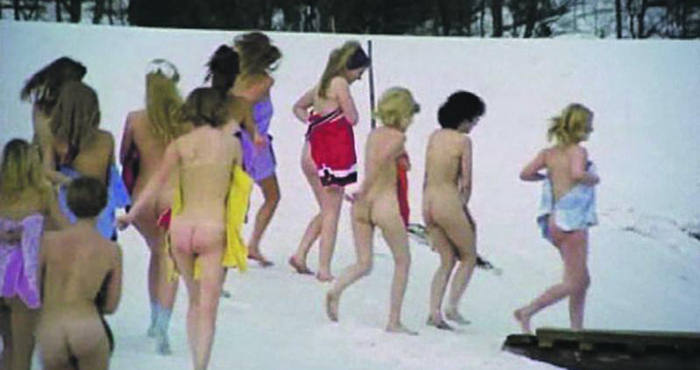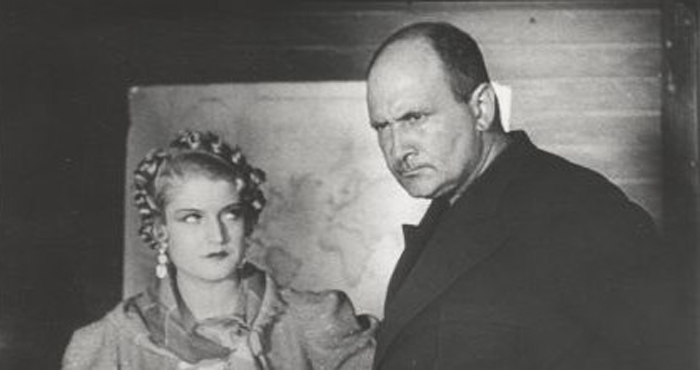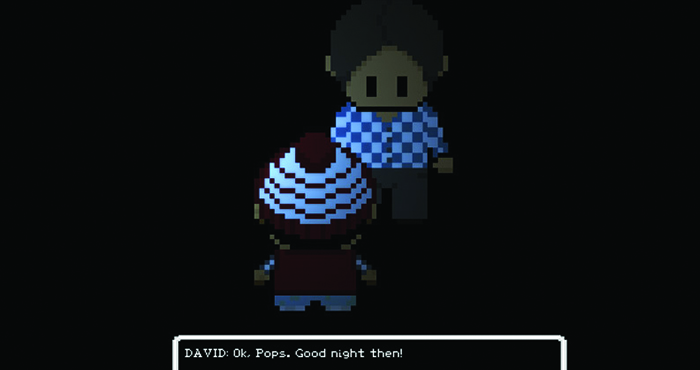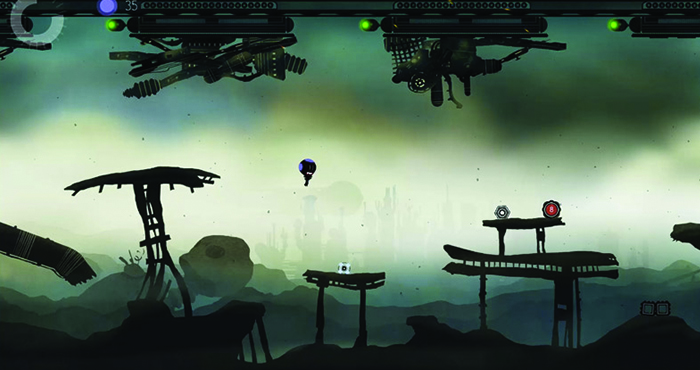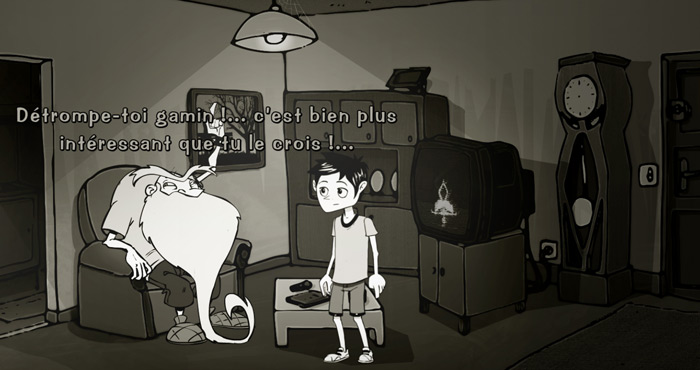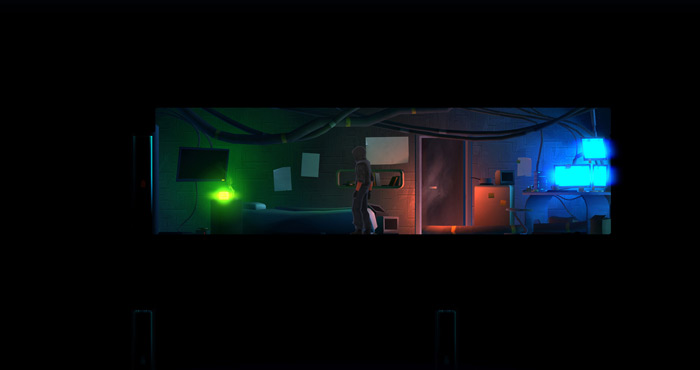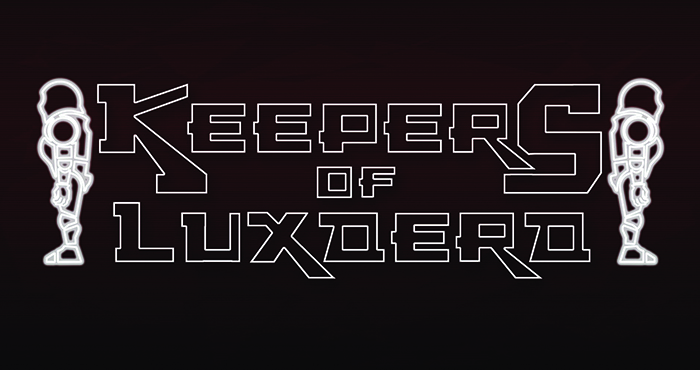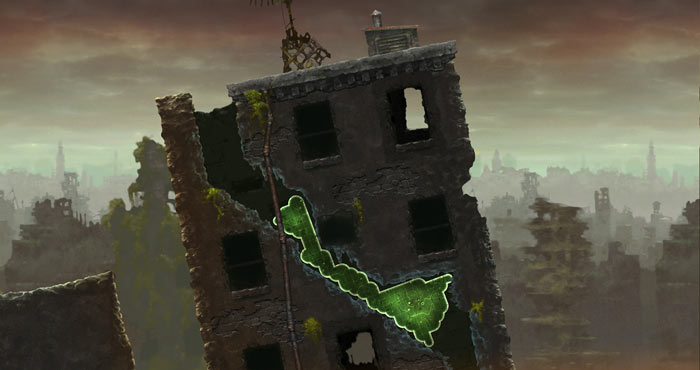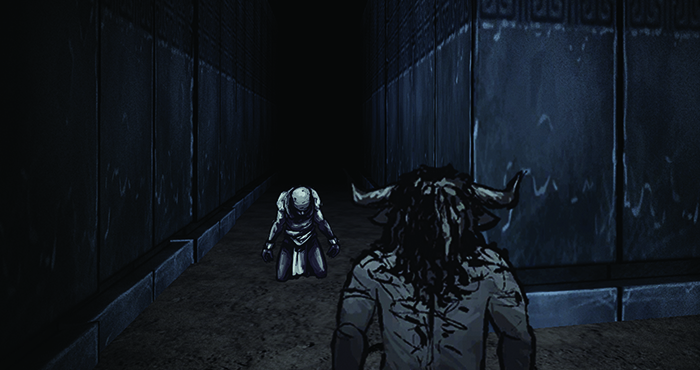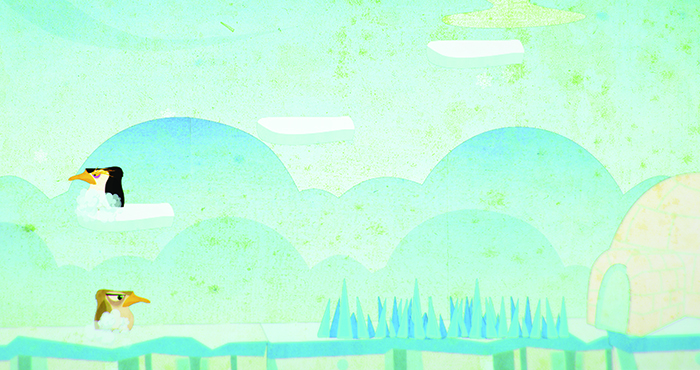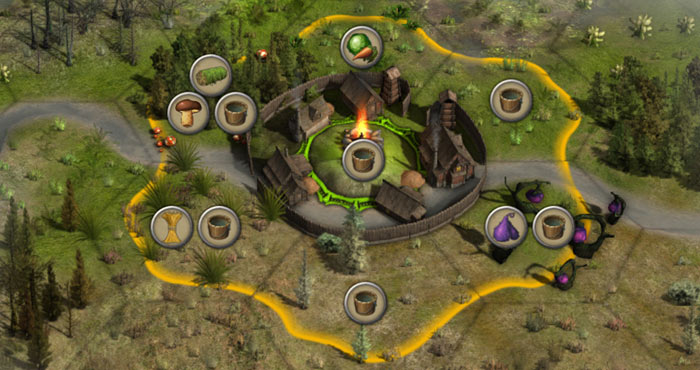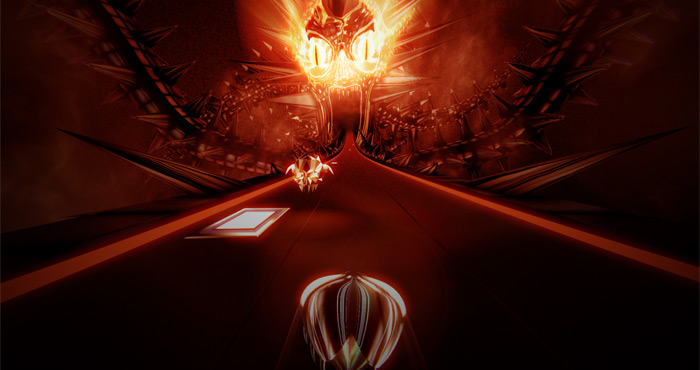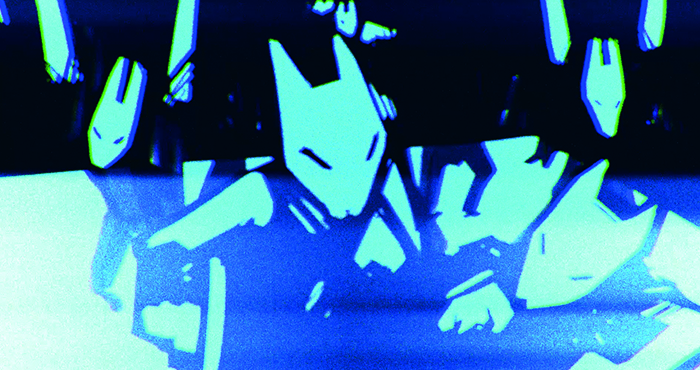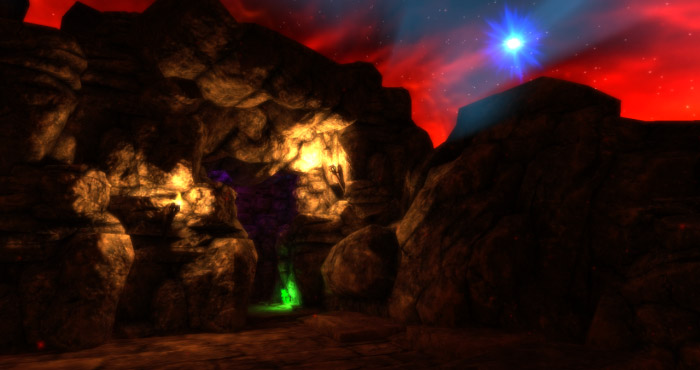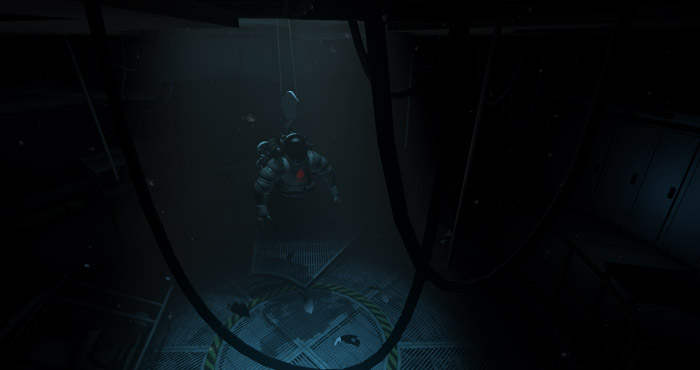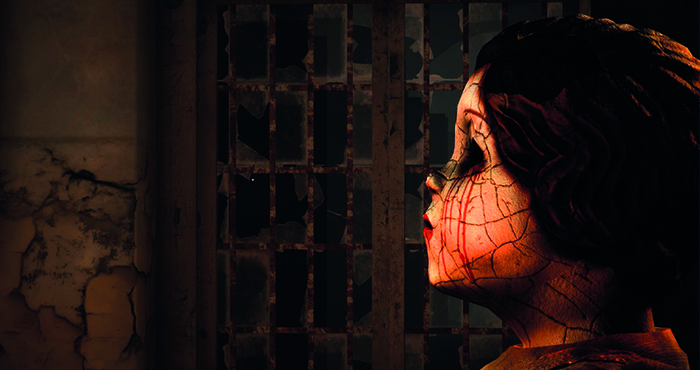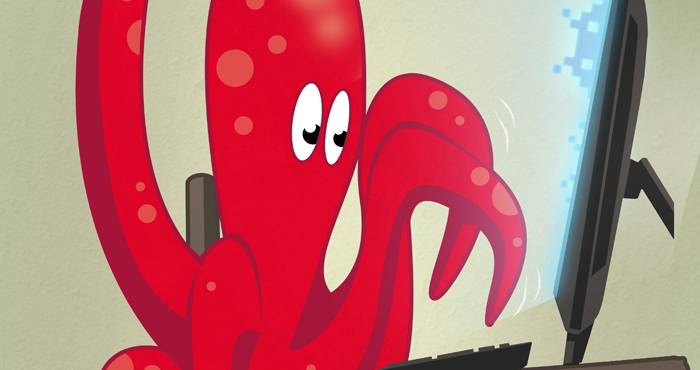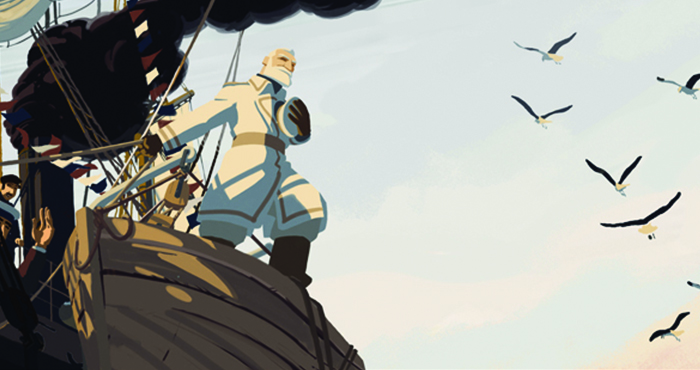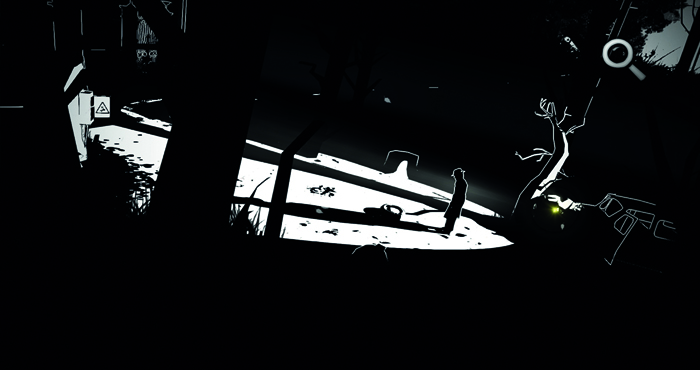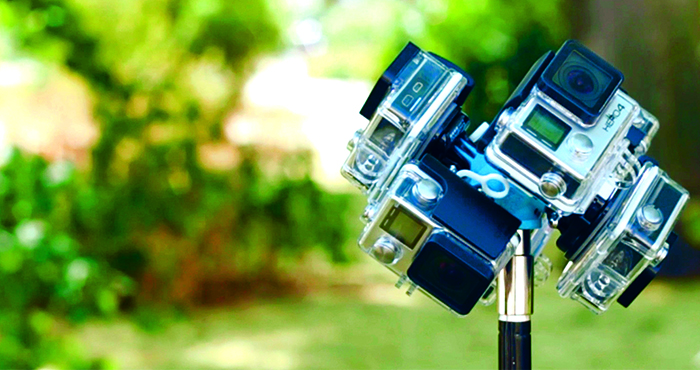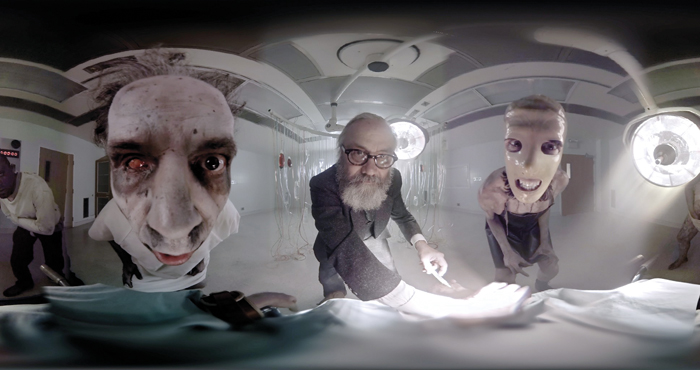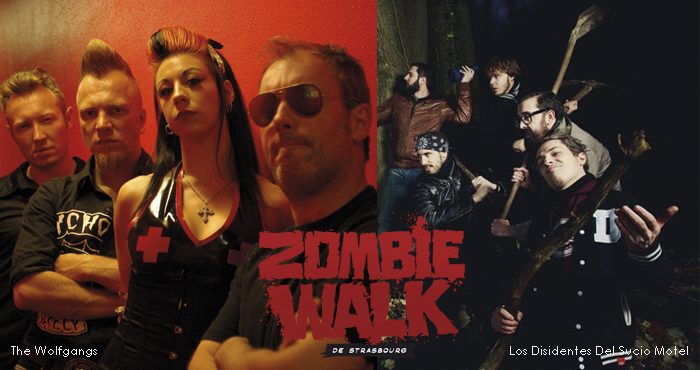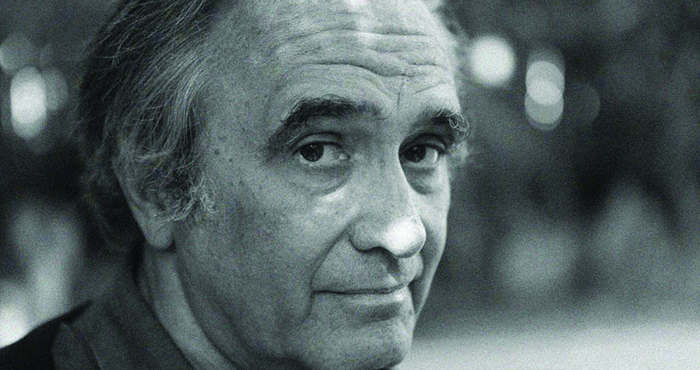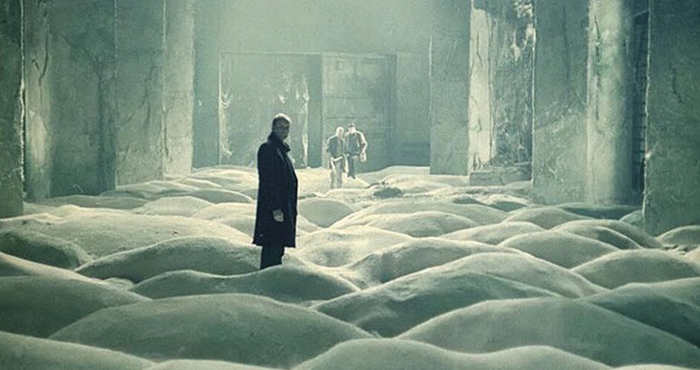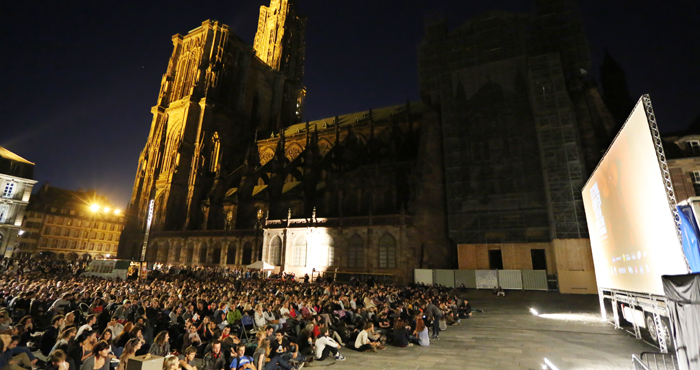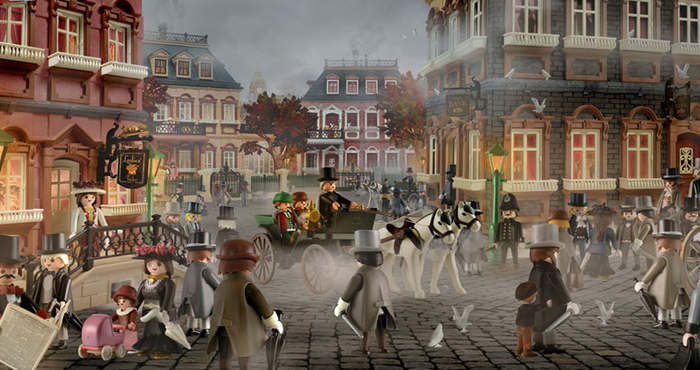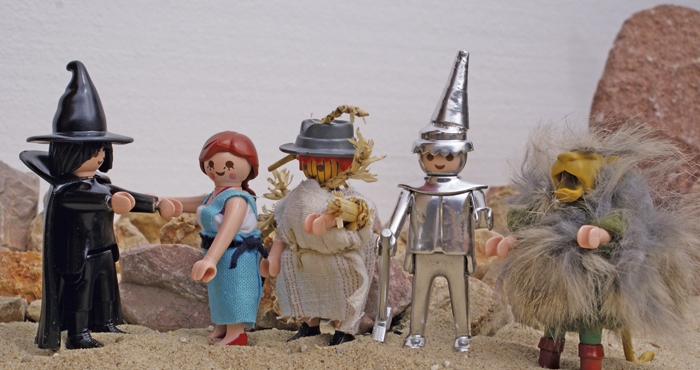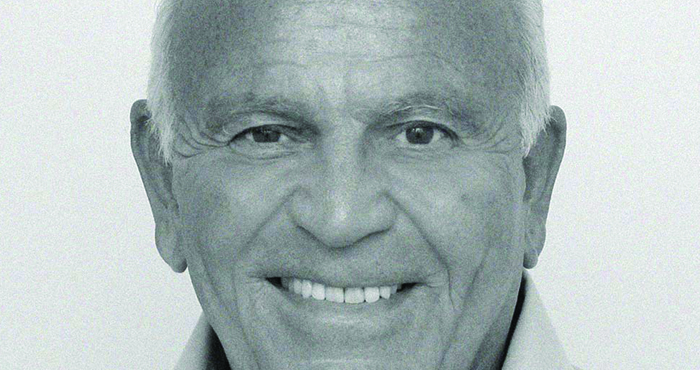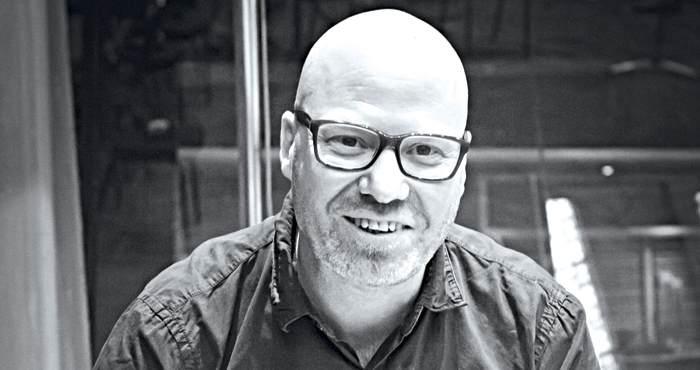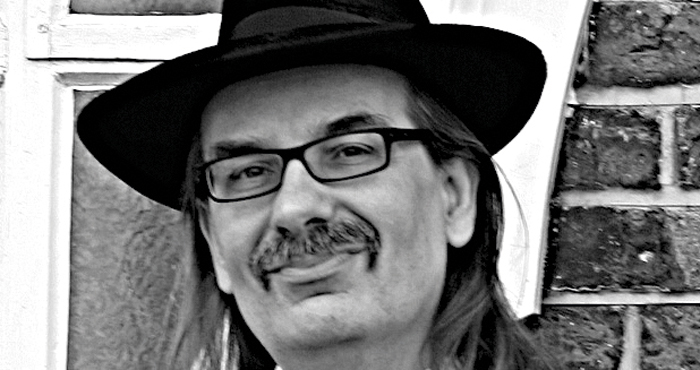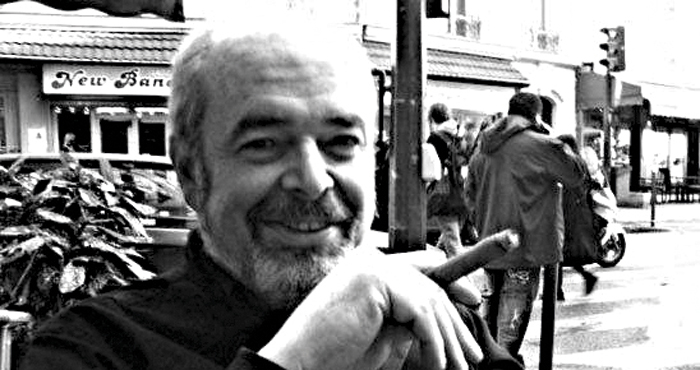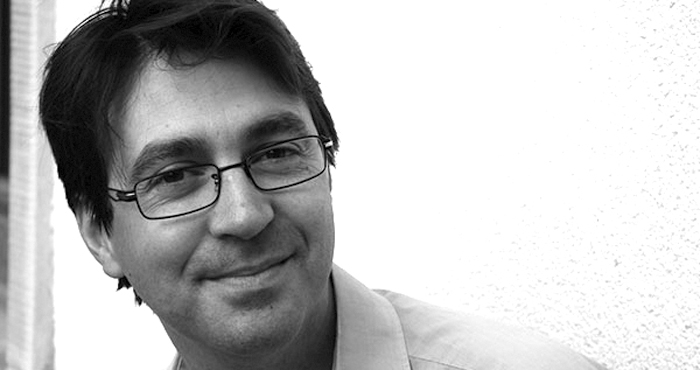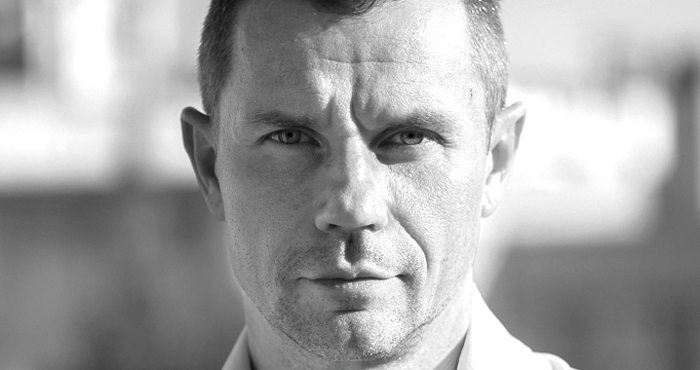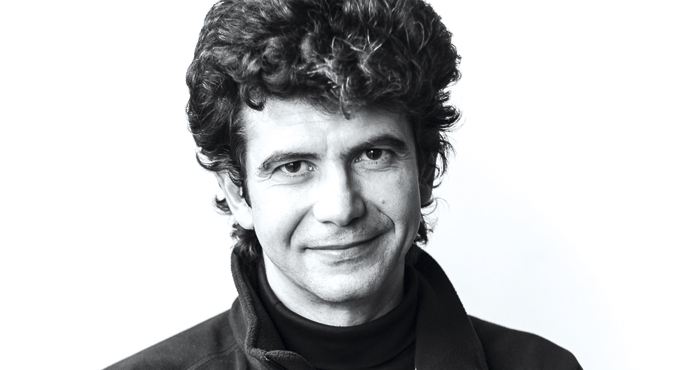ARCHIVES 2015

International Fantastic Competition
Short Films Competition
Indie Game Contest
Opening / Closing
International Fantastic Competition
Crossovers Competition
Midnight Movies
Special Screenings
International Competition
Animated Competition
Made in France Competition
Kids in the Dark
Kids in the Dark celebrates the indelible mark that children have left on fantastic cinema. Nine genre gems, from 1955-76, feature a rich variety of pivotal child characters, through perspectives as different as the sci-fi thriller, Gothic horror and realistic drama, to name but a few. The most merciless children fit smoothly into panoply of earth usurpers, despoilers, psychotic predators and (politically motivated) terror gangs. Others are far more ambiguous, like Jack Clayton’s troubled siblings in the Gothic masterpiece The Innocents. Three films depict children struggling with a mess of adult legacies – the heinous crimes of a serial killer or the upheavals of the war. This revival also bears witness to many outstanding child actors: di cult not to single out Ana Torrent as a child slipping into delusion in The Spirit of the Beehive, or a bone- chilling Martin Stephens in The Innocents and Village of the Damned. There are a few salutes to evil-kid fun in the selection, but also films of a different colour. Children gone astray into madness or mayhem or monstrosity have a way of pointing back to us as their genitors, and can be disquieting reflections of our own destructiveness.
Joe Dante
Like many major filmmakers that emerged in the 1970s, Joe Dante started his career under the auspices of Roger Corman. He cut his movie teeth by making films on a shoestring with the odds and ends of other films, driven by an obsession to produce something compelling. However, while a number of his colleagues quickly turned away from genre cinema to deal with more major issues, Dante stuck to his guns. From The Howling and Small Soldiers to Matinee, he remained a maverick and a man who told little stories with big ideas. Fascinated by 1950s fantastic films, monsters and B movies, he long held the reputation as an unruly younger version of filmmaker (and producer) Steven Spielberg. This incorrect perception has persisted ever since Piranha, which was rapidly regarded as a provocative parody of the huge blockbuster Jaws. However, a close examination of Joe Dante’s career, both in television and filmmaking, reveals his considerable political awareness, and clear and incisive view of American society. He politely covers up his great obsessions with humour and his gift for the horrific.
Tribute to Christopher Lee
At the beginning of the 2000s, Ian McKellen prepared to meet Christopher Lee at the shooting of Peter Jackson’s major epic trilogy, and everyone wondered at the time what could possibly link a great classical actor and stalwart of the Royal Shakespeare Company with this almost two-metre tall icon of British horror films, famous for his portrayal of insane and terrifying villains. Two worlds separated the two actors and a section of the intelligentsia regarded the latter with a certain amount of condescension. Over time, however, Christopher Lee became an icon. The horror character of Hammer Films, he terrified generations of fans with his portrayals of Count Dracula, Fu Manchu, Rasputin and a certain creature pieced together with various parts. Later appropriated by pop culture, he caught the imaginations of movie geeks in the 2000s when he played Saruman and Count Dooku.
A study of his filmography reveals that the actor never sought leading roles and never wanted to attract the limelight. A real gentleman, this former officer of the Royal Air Force, a step-cousin of Ian Fleming and friend of J.R.R. Tolkien, always approached the cinema with a great deal of humility. Whatever the role and whatever the film, the quality of the screenplay or the name of the director, he threw himself wholeheartedly into his character with a devotion and self-sacri ce that manifested an immense love of acting. Christopher Lee, the last of the demonic giants, died in 2015, 11 years after Peter Cushing and 22 years after Vincent Price. Seeing him in his red and black cape, the film buff could think he was immutable and immortal. He leaves behind nearly 300 films for posterity to remember him by.
Double program Enzo G. Castellari
Born Enzo Girolami, Enzo Castellari began his cinematic career at the bottom, working on his father’s films. He was an assistant director and film editor before directing his first movie, 7 Winchester for a Massacre, in 1967. No matter whether he directs westerns, crime or even war films, he is known for incorporating pure action in his movies, such as The Inglorious Bastards (1967), released in France under the title Une Poignée de salopards. Even the futuristic stories he directed when they were in fashion, such as The Bronx Warriors I and II and The New Barbarians, are mainly popular for their violent sequences, multiple explosions and fist fights. This double bill highlights all of Enzo Castellari’s art of film direction, with Kill Them All and Come Back Alone, a picaresque and brutal western, and High Crime, a crime film which set the parameters of the Italian crime film (poliziottesco). The films will be presented by Jean-François Rauger, programme director of the Cinémathèque française and Enzo G. Castellari.
Tribute to Hidetaro Morikawa
Excentric night
As always, the festival will end on a note of beauty with a night of cheesy favourites in a re-run of the legendary Nuit excentrique (Excentric Night), in partnership with the Cinémathèque française. The revival features three films, screened in 35mm: Philippe Mora’s hilarious Howling II, a lycanthropic film in which Christopher Lee wears ridiculous sunglasses alongside a well-endowed Sybil Danning; the Italian mondo movie Sweden, Hell and Paradise, directed by Luigi Scattini; and Comtesse Hachisch, a 1935 lm by an unknown director with unknown actors, no doubt directed by a kind of French-style Ed Wood.


